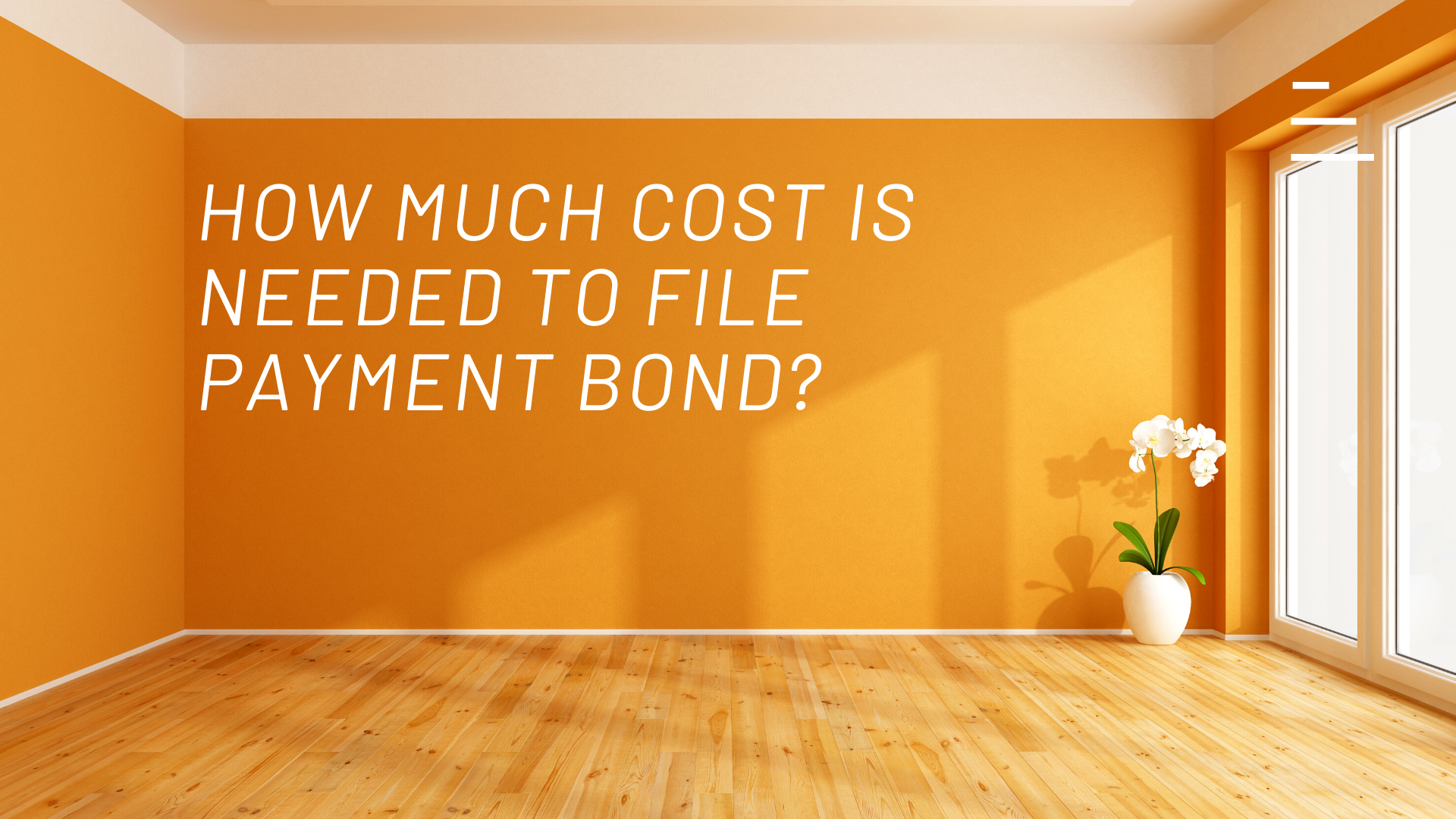How to get payment bonds?
When it comes to getting payment bonds, there are a few things that you need to keep in mind. The first is that you need to make sure that you have a good credit score. This is because a payment bond is essentially a form of insurance, and the company will want to know that you are reliable.
The second thing to remember is that not all companies offer payment bonds. In fact, they are not very common. This means that you may need to do some research in order to find a company that offers them.
Finally, you will need to be prepared to pay a premium for the bond. This is because it is an added expense, and the company wants to make sure that it is worth its while.
Where can you file for a payment bond?
If you are working on a construction project, you may need to file for a payment bond. This is a document that guarantees that workers on the project will be paid. There are several places where you can file for a payment bond.
One place to file is with the secretary of state’s office. You can also file with the department of insurance or the department of labor. Whichever place you choose, make sure you do your research and find out what is required in order to file. Filing for a payment bond can be complicated, so it’s important to know what you’re doing.
When you file for a payment bond, you will need to provide some basic information about the project and the contractor. You will also need to provide contact information for the contractor. Be sure to have all of this information ready before you file.
How much cost is needed to file a payment bond?
A payment bond is a type of surety bond that is used in the construction industry. It guarantees that payments will be made to subcontractors, suppliers, and laborers. The cost of filing a payment bond varies depending on the amount of the bond.
The minimum amount for a payment bond is usually $5,000. However, the cost may be higher for bonds that are larger in size. For example, a payment bond with a face value of $100,000 will likely have a higher filing fee than one with a face value of $10,000.
In addition to the filing fee, there may also be other costs associated with obtaining a payment bond. These costs can include notarization fees and courier fees. It is important to carefully review the terms and conditions of any payment bond before filing, as there may be other costs that are not initially apparent.
When it comes to payment bonds, it is important to know what you’re getting into. By understanding the cost of filing a payment bond, you can be better prepared to take on any construction project.
Who can have a payment bond?
A payment bond is a guarantee that a contractor will pay their subcontractors and suppliers for the work they do on a project. Payment bonds are usually required by law on public projects, but may also be required on private projects.
Most people think that only large companies can get a payment bond, but this is not true. Any business, no matter how small, can get a payment bond if they have the proper insurance. In order to get a payment bond, you will need to have an active general liability policy with at least $500,000 in coverage.
What is the use of payment bonds?
A payment bond is a type of surety bond that is used to protect against the non-payment of construction or other types of contracts. The bond guarantees that the contractor will make timely payments to workers, subcontractors, and suppliers.
Payment bonds are usually required by state or local governments when awarding contracts for public works projects. A payment bond can also be used as collateral in case the contractor fails to pay any damages that may result from the project.
A payment bond is a valuable tool for both contractors and subcontractors. It guarantees that payments will be made in a timely manner, which helps to avoid costly disputes and delays. In the event of contractor default, the payment bond provides protection to those who have provided labor or materials to the project. This can help to minimize financial losses and keep the project on track.
